6. 2046 (2004)
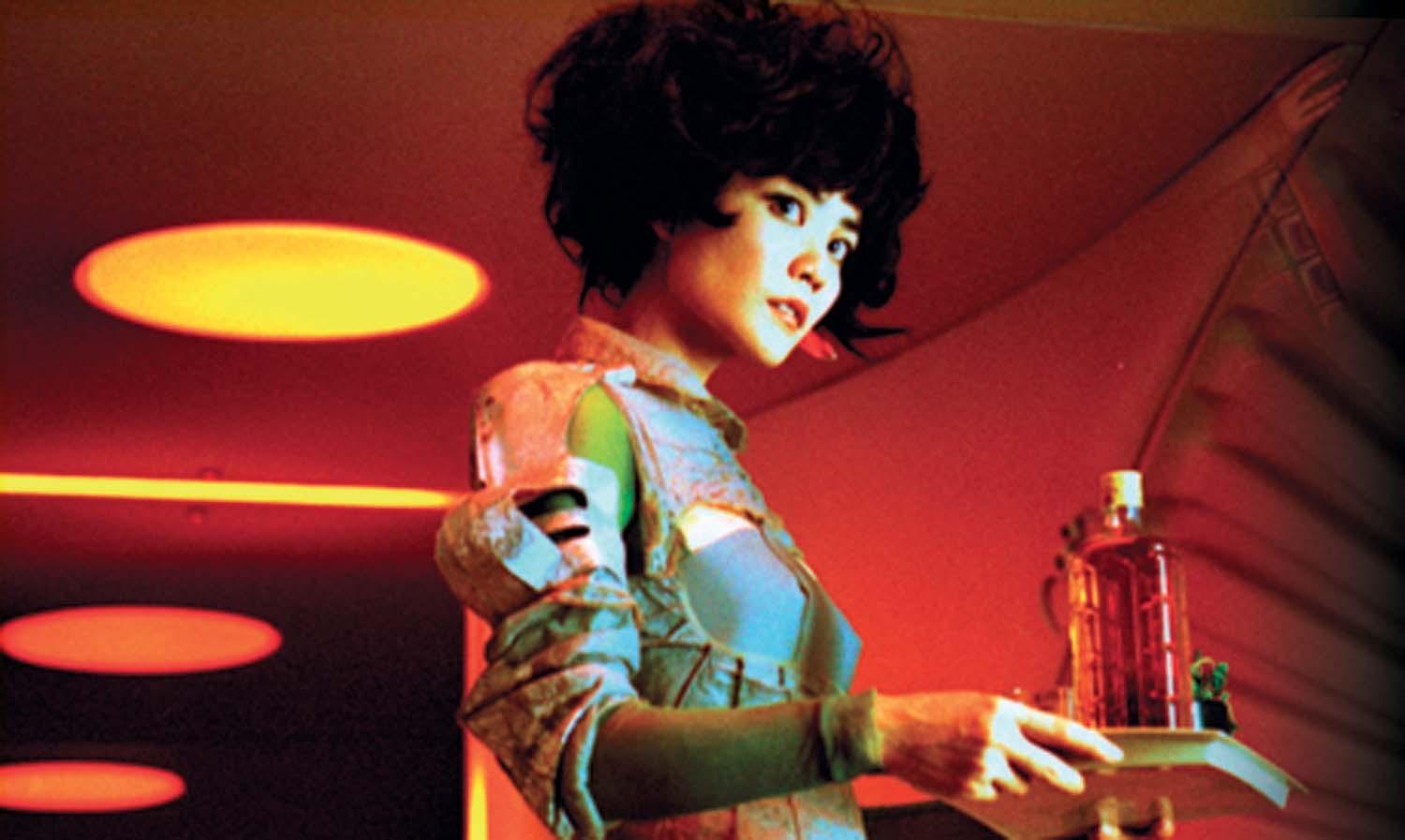
Following the widely acclaimed films Days of Being Wild and In the Mood for Love, 2046 is the third installment in the unofficial trilogy. Written and directed by masterful auteur Wong Kar Wai, it follows Chow Mo-Wan after his affair with Su Li-Zhen as he repeatedly attempts to recreate the past.
The exterior narrative, which details Chow’s many failed romances as he fails to recapture the feelings he once had, is rooted in reality. The interior narrative, which takes place within the novel Chow is writing, tells the story of a place called 2046 where one can relive their lost memories. However, in the end, both Chow and his fictional character realize that time goes on and it is impossible to return to the way things were.
2046 is one of the best examples of science fiction as a vehicle for studying the human condition. Instead of linear storytelling and clear-cut concepts, it leaves the audience to formulate their own philosophies on the various themes explored throughout.
Though similar to the previous two films in its sentimental and nostalgic atmosphere, Wong Kar Wai adds elements of science fiction to emphasize the themes of time and loss. The juxtaposition of the fictional narrative with Chow’s reality further shows the impact of the genre — it serves as a form of escapism that reveals our deepest fears and desires. Through its stunning cinematography, masterful acting, and beautiful score, 2046 is an incredibly well-made finale to an influential and brilliant trilogy.
7. Coherence (2013)
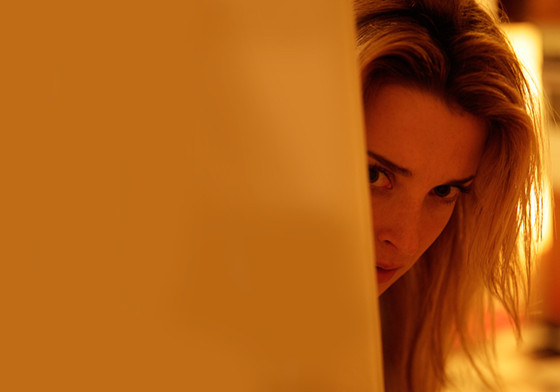
In another twist on the genre, Coherence is a film that combines science fiction with elements of thriller. A group of eight friends reunite at a dinner party on the night that a comet passes. Slowly, they begin to realize the event has dire consequences as they encounter a series of eerie sights and obstacles — all starting with a house down the street that appears to be an exact copy of their own.
As the film progresses, they confront and must fight off versions of themselves from alternate realities. Further incited by the emotional turmoil present before the comet, the characters must confront their deepest fears and secrets before their lives inevitably derail and devolve to complete chaos.
Though Coherence features an ample amount of established scientific theories, it is more reliant on its actors and script than background material. The principal aspect of the storyline may be the concept of Schrodinger’s cat and the multiple universes that result from every action, but director James Ward Byrkit aimed to make a movie that was character-based.
This is evident throughout the film as the conflict is more a result of the characters’ actions than the astronomical occurrence itself — it explores the inherent darkness in all of us along with how far we would go to change our lives. The camerawork, cinematography, and acting create an almost interactive atmosphere and immerse the audience entirely in the film. At its core, Coherence is a reflection on human nature and its capacity to completely transform in dire circumstances.
8. Hard to Be A God (2013)
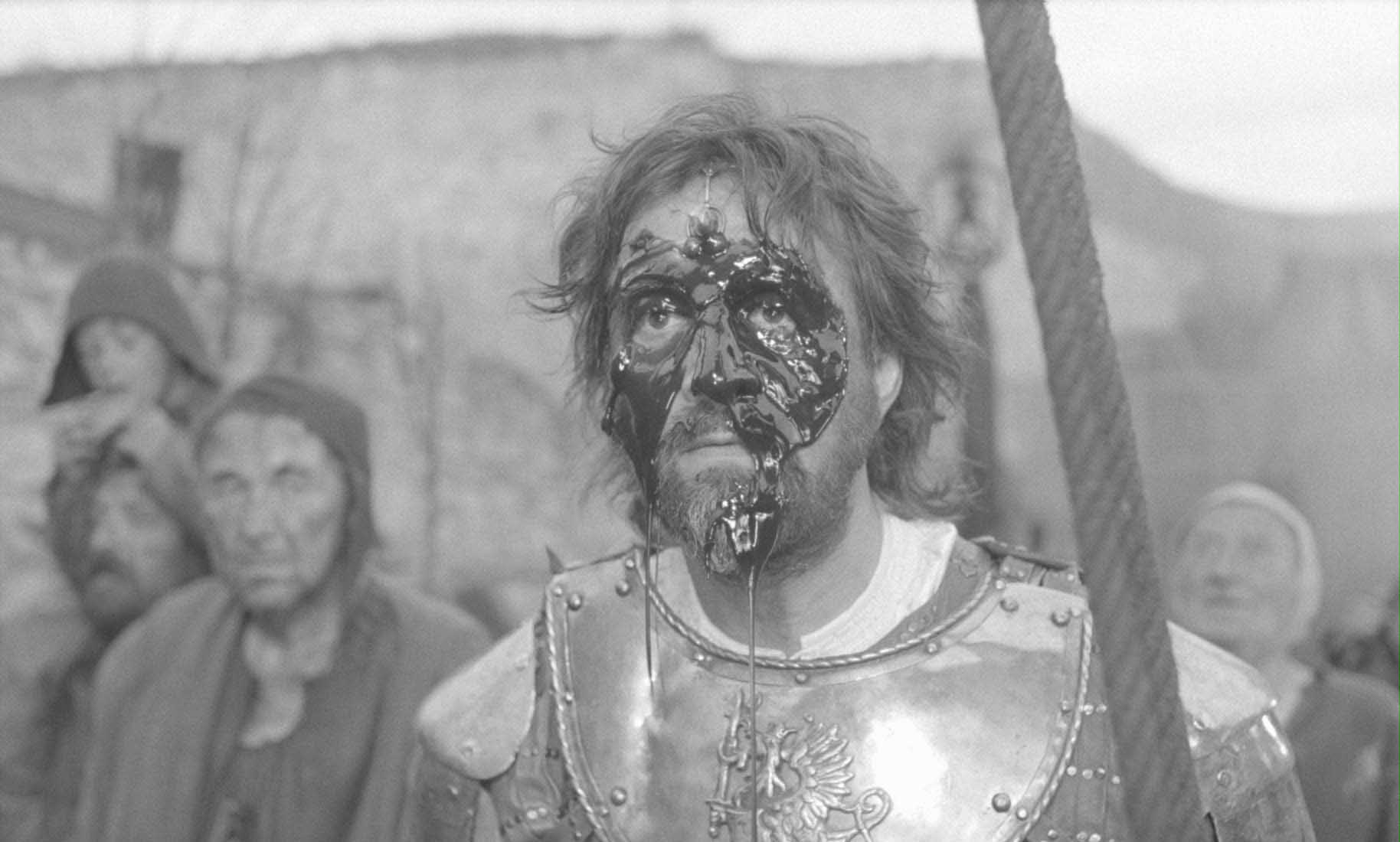
Based on the novel of the same name by Arkady and Boris Strugatsky, Hard to Be A God is Russian director Aleksei German’s sixth and final film. It had been in production for about 12 years and was released posthumously by his son and wife. In addition, the Strugatskys had also written Roadside Picnic, which was the source material for Andrei Tarkovsky’s Stalker, and their philosophical and metaphysical ideas are seen throughout German’s film as well.
Just like Stalker, Hard to Be A God utilizes a physical journey and science fiction approach to reveal abstract concepts. Along the way, the audience also discover and confront the uncomfortable chaos that governs our universe.
In Hard to Be A God, a group of scientists travel to the planet Arkanar, which is physically identical to Earth but is developmentally centuries behind. In fact, they are experiencing their medieval period of history due to violent suppression of renaissance ideas and the Earthlings must set them on the right path. The story concentrates on Don Rumata, the scientist who is tasked with overseeing the inhabitant’s activities while being forbidden to interfere himself.
Despite his mission, he slowly becomes entangled in their lives as he finds himself unable to go on watching their misery and suffering. Contrary to its nightmarish vision and crude imagery, Hard to Be A God helps us realize and appreciate the beauty of our existence on Earth. However, it conveys a crucial message — no matter how progressive technology and science is, we should never place ourselves in the role of God.
9. A Scanner Darkly (2006)
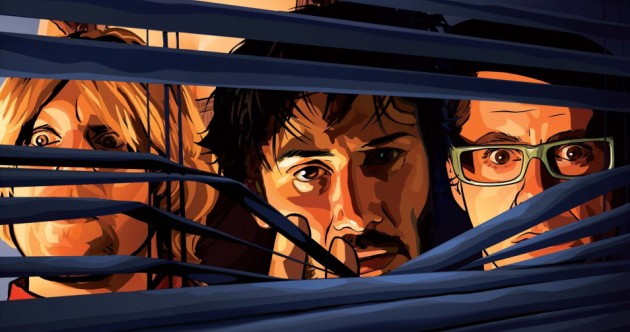
Directed by Richard Linklater and starring Keanu Reeves, Woody Harrelson, Robert Downey Jr, and Winona Ryder, A Scanner Darkly presents a dystopian United States that has lost the War on Drugs.
To combat the widespread epidemic caused by a new drug named Substance D, the government has created a highly invasive surveillance system to observe the citizens. When undercover agent Bob Arctor is assigned to infiltrate the drug market, he, along with the audience, discover a chain of corruption that could jeopardize the fates of all parties involved.
A Scanner Darkly is based on the book of the same name by acclaimed science fiction writer Philip K Dick. Though it is a fictional narrative, the events were based on Dick’s own experiences with drug addiction during the 70s — in an interview, he said that “Everything in A Scanner Darkly I actually saw”.
The film is an accurate representation of this account. It was first shot digitally and then animated with interpolated rotoscope, a technique in which animators trace over each frame of the original footage.
The style, along with the passionate acting and well crafted dialogue, produces a surreal and dreamlike atmosphere that immerses the audience in the conflicts at hand. A Scanner Darkly helps the audience not only understand the plight of those addicted to substances, but also fully grasp how nuanced and complex the drug epidemic is.
10. The Whispering Star (2015)
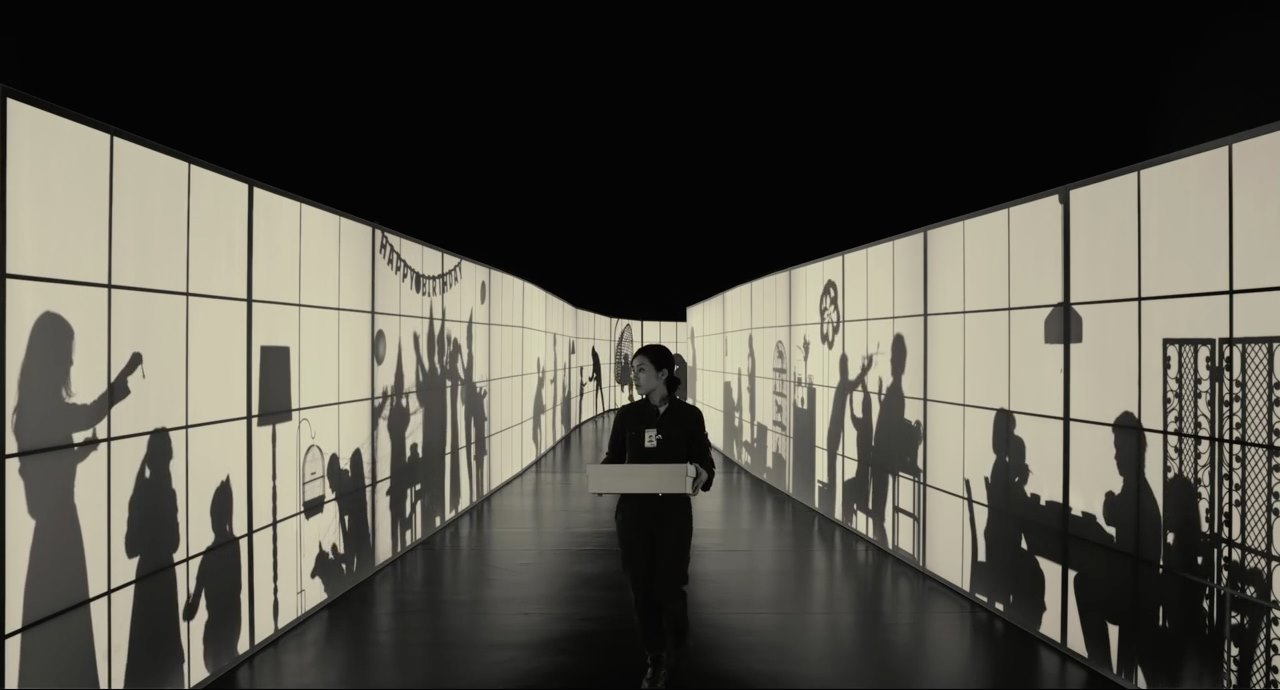
Among the films mentioned in this list, Japanese director Sion Sono’s The Whispering Star is definitely the most overlooked and underappreciated. Better known for his recent highly acclaimed Antiporno, Sono has been called “the most subversive filmmaker working in Japanese cinema today” for his audacious and daring style.
However, where Antiporno is provocative and exhilarating with each twist, The Whispering Star is a tranquil and pastoral journey through nature and life. Actress Megumi Kagurazaka plays a delivery robot named Yoko Suzuki who travels through space to deliver parcels to the few humans still left. The majority of the planets are in ruins and machines govern the galaxy — without any backstory, the film conveys the depressing but inevitable fate of humanity.
Through the beautiful black and white cinematography and minimalist sound design, each sequence of The Whispering Star is elaborate and striking. There are many notable choices that reveal Sono’s purpose. For example, the scenes of destroyed planets were filmed in Fukushima and the individuals Yoko encounters are actual residents of the city.
However, despite these inclusions, the messages are subtle and subdued — the purpose of The Whispering Star is not necessarily to comment on the state of our technology usage and dependence, it is to show the universality of empathy and human connection. As Yoko traverses what is left of the galaxy, she finds herself understanding the people she meets more and more. The Whispering Star is definitely an experience that fans of cinema should not miss.